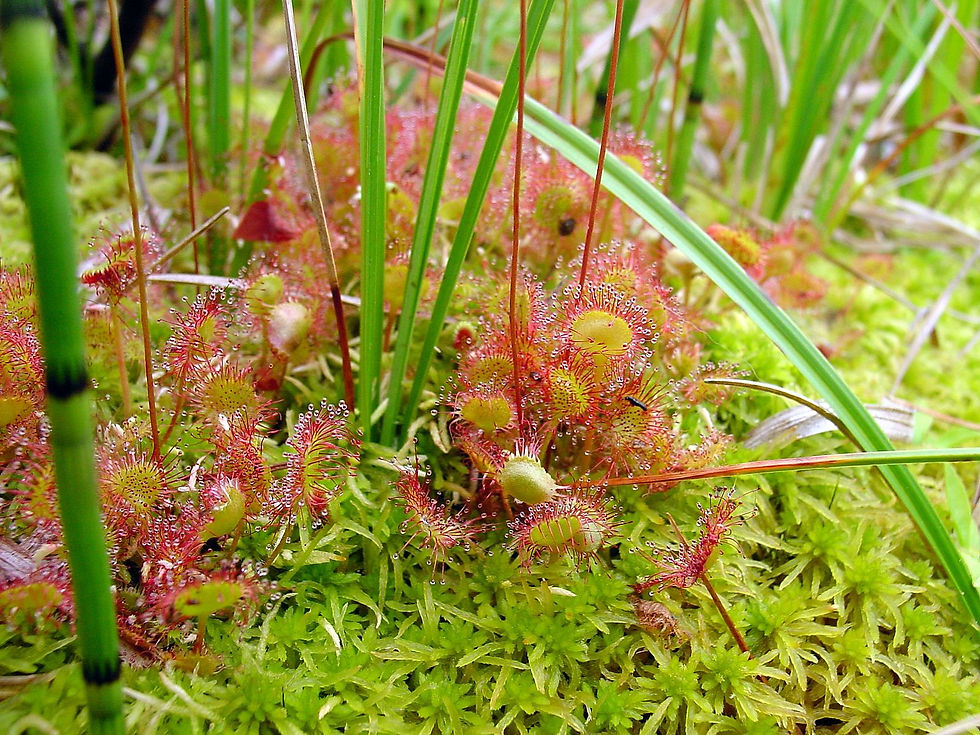seeds: Eurybia spectabilis (showy aster)
Seed information
Seed sowing instructions
- C: (60). Seeds germinate after a period of cold, moist stratification. Mix seeds with a handful of damp vermiculite or clean sand (moist—but not wet). Place mixture in a sealed plastic bag and store in a refrigerator, NOT the freezer.
- You can find more information about how to sow native seeds HERE.
Includes a brochure with instructions on how to sow native seeds.
Plant information
more info soon
seeds: Eurybia spectabilis (showy aster)
$4.50Price
Not available but we are working on it!
packet info here stratification code info here

.png)
















